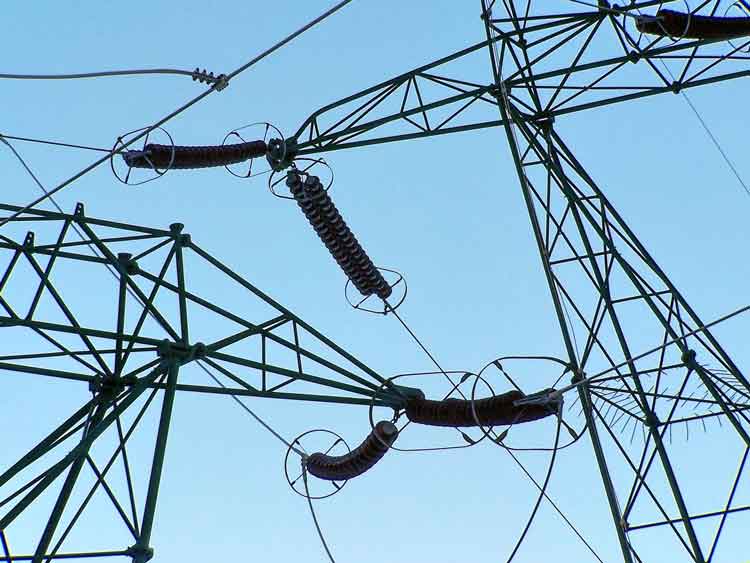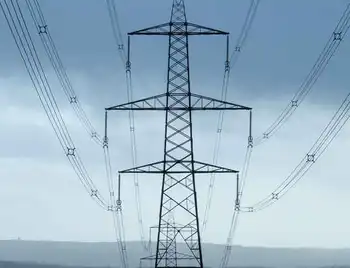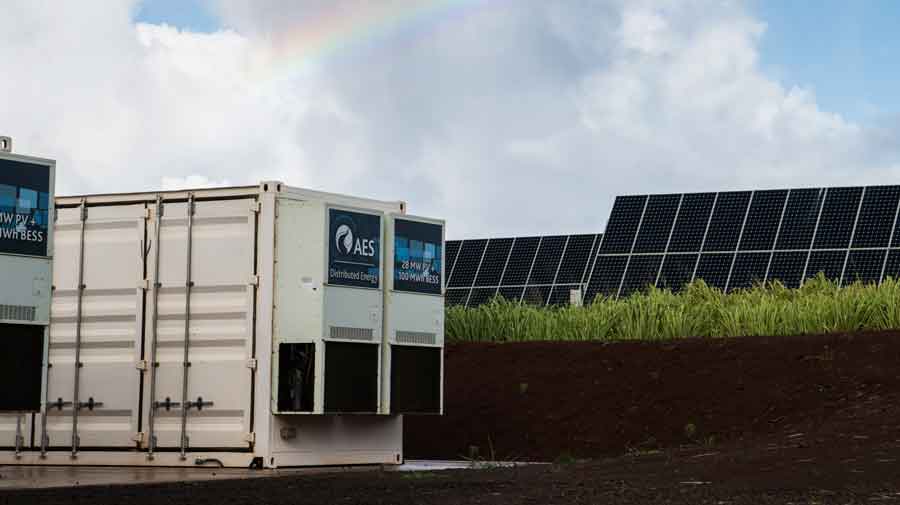Environmentalist differed on LIPA wind plan
By Knight Ridder Tribune
Substation Relay Protection Training
Our customized live online or in‑person group training can be delivered to your staff at your location.

- Live Online
- 12 hours Instructor-led
- Group Training Available
After the controversial FPL Energy-LIPA proposal for the waters off Jones Beach was terminated, the wind farm's strongest advocates seemed divided on whether the $700-million price tag should have been the deciding factor, given the global warming crisis. Meanwhile, those who always questioned whether the proper studies would ever be done of the project's environmental impacts pointed to divisions in the community created by the claim the wind farm was done in by a horde of NIMBY types.
Never was the schism among environmentalists more visible than when Gerard Hannon, the designated representative of the Long Island Audubon Council's 5,200 members, wrote to Long Island Power Authority chairman Kevin Law last April.
"Environmentalists are not of one mind regarding this proposed project, and myopia is never helpful," he wrote at the end of a long letter expressing the group's 2006 decision to discourage "any support" for the wind farm off Jones Beach until three-year studies of migratory bird patterns at the location were done. The Florida Power and Light developers had proposed a one-year study, and LIPA had hoped to have the project built by 2008.
"Supporting proposals, such as the Long Island Wind Farm, should not precede the completion of environmental studies, competently and objectively structured and executed," wrote Hannon, who also heads the Conservation Committee of the Huntington Audubon Society.
From its earliest days, the wind-farm proposal drew a line in the sand between groups that had urged LIPA to pursue the project and those concerned about how placement of 40 wind turbines - 450 feet tall and three to five miles from shore - would affect birds, fish and underwater plants. Others worried about a sea-to-land power cable through sensitive areas.
Many were alarmed to discover the recommendation for three-year bird studies came from the federal government, the U.S. Fish and Wildlife Service, in a series of letters sent early in the process. Laurie Farber, a one-time conservation chairwoman of the Sierra Club's Long Island executive committee, understood the fervor that whipped through the environmental community to rally support for the wind farm.
Last year she resigned her post because of concerns about the Sierra Club's support for the project.
"I found it intensely frustrating that environmental groups refused to even want to consider that there might be any environmental impacts," Farber, who has a long record of fieldwork studying birds, said in an e-mail exchange. "They wanted to just accept the poor substitute for science that FPL Energy and LIPA were offering. They were willing to be blind about this because of a 'renewable energy at any cost' attitude."
LIPA and FPL have long maintained that studies contemplated for the project would be adequate to determine potential impacts.
Environmental proponents of the project, while expressing concern about the previously undisclosed $700-million-plus price tag, reject the charge of myopia. They say they have always called for a full environmental study but warned that the effects of global warming meant solutions to had to get under way as soon as possible. One of the more fervent supporters, Adrienne Esposito, executive director of Citizens Campaign for the Environment, rejected the idea that the project's high cost should have led to its undoing.
Some critics have questioned her recent tough stance against another, three-turbine wind project proposed for the waters off Plum Island without demanding the same for the LIPA project.
"We would have preferred a more in-depth bird study, and we told them (LIPA) this," Esposito explained. She said the Plum Island project differs in that it's directly near a bird nesting area while the South Shore project was believed to be less in the migratory bird path, a claim other environmentalists dispute. In any case, Esposito said LIPA should re-bid the project to "see if we can introduce more competition into the marketplace" and get the South Shore project done.
"It's extremely short-sighted just to look (at) cost," she said.
That would be the nightmare of Bonnie Brady, executive director of the Long Island Commercial Fishermen's Association, who called Law's decision "a great day for all of Long Island."
"What prevailed was best for the fishermen and for the fish, too," she said.
"No one could hear the fish screaming. Apparently someone did." The green-power environmentalists, noting that some offshore wind farms become "sanctuaries" for fish, are taking comfort in Law's pledge to continue pursuing economical wind-farm initiatives, including land-based projects.
Renewable Energy Long Island went out an "action alert" recently encouraging supporters to "make your voice heard" in online news chats. Neal Lewis, executive director of the Neighborhood Network, whose group, like RELI, has received funding in the past from LIPA, said it is a mistake to portray support for the project as coming from a small group of environmentalists.
The WindWorks coalition, an alliance of local and regional groups supporting the project, is composed of 25 environmental organizations, he said. What's more, he said, "every poll that has been done regarding the wind park has shown very strong support - usually in the 70 percent plus range."
But even Lewis conceded mistakes were made during the past several years, the most prominent of which was failing to disclose the costs early on, and as they escalated.
Legislators and even proponent Gordian Raacke of RELI were aghast to discover the cost had ballooned to $700 million by last December, four years after the project had been announced.
Lewis advised LIPA to start the process anew, taking a fresh approach to location, technology and the economics. Farber said the expanded definition of environmentalist will continue to challenge the process. "I believe that many people who've come to the environmental movement in recent years have come in because of the energy issues and don't have a larger understanding of the Earth's systems and communities of life," she wrote. "This is going to continue to be a problem when we have environmentalists who don't really understand or care about the ramifications to the plants and animals and the natural communities they are part of."











